(NLDO) - One of NASA's spacecraft may have flown past a planet-moon system full of life without knowing it.
A study just published in the journal Nature Communications suggests that some data from the Voyager 2 spacecraft may need to be reexamined, as it may have missed a planet and several moons that harbor life.
That is Uranus and its moons.
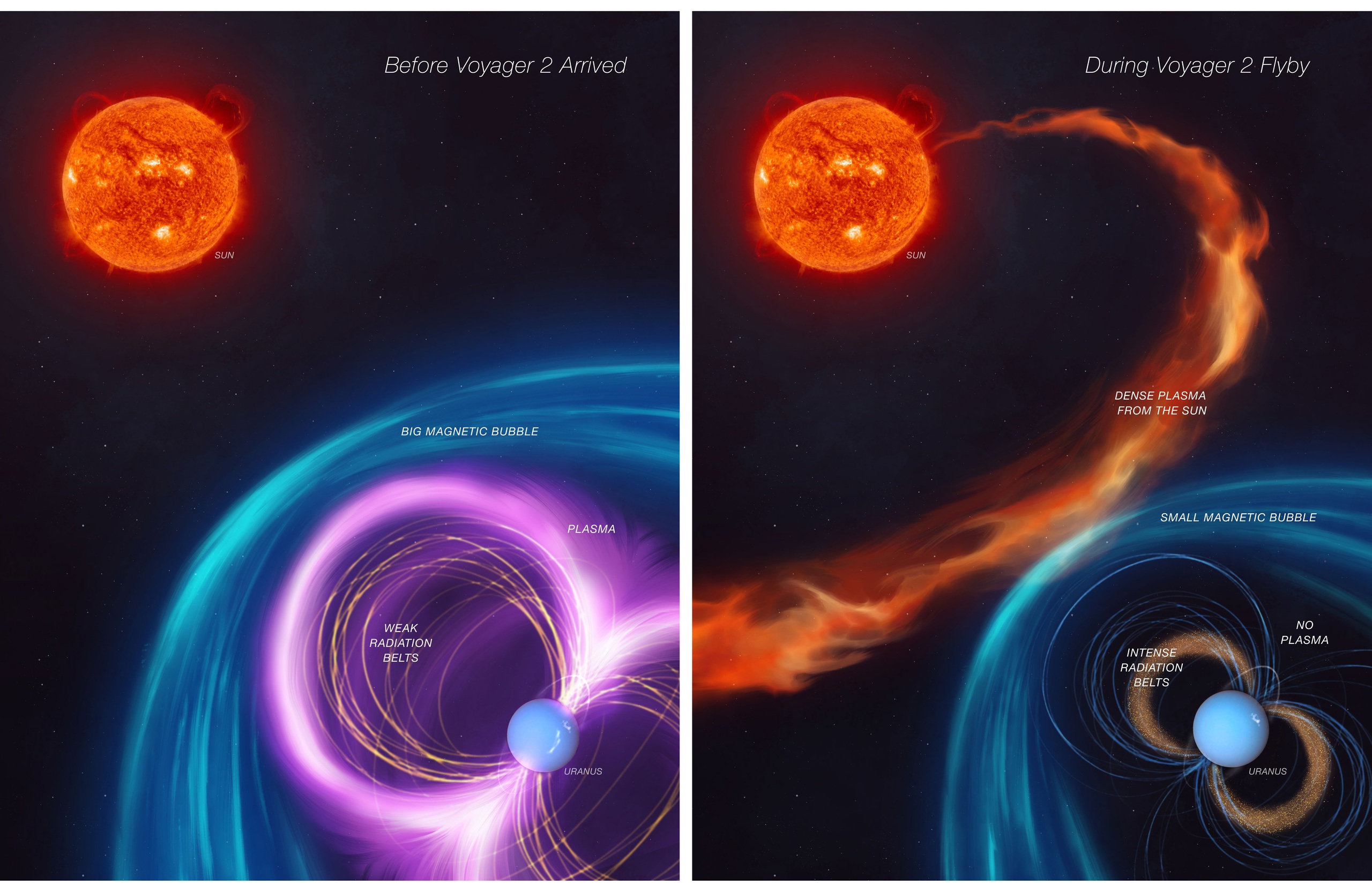
The normal magnetosphere surrounding the seventh planet of the solar system (left) and the distorted magnetosphere when attacked by the solar wind - Photo: JPL-Caltech
Voyager 2 flew by Uranus in 1986, and data it sent back to Earth showed that Uranus has a very strange, wildly asymmetrical magnetosphere.
This magnetosphere also appears to be devoid of plasma—a common component of other planets' magnetospheres—and has an unusually intense high-energy electron belt.
The characteristics from the only measurement available to mankind have been used as the basis in many subsequent studies.
But why this book is so strange remains a puzzling question.
A research team from NASA's Jet Propulsion Laboratory (JPL), University College London (UCL - UK) and the Max Planck Institute for Solar System Research (Germany) discovered that the anomaly may lie in the timing of Voyager 2's flyby.
The spacecraft accidentally chose the moment when Uranus's magnetic atmosphere was hit by a powerful solar wind to collect data.
It is this energetic solar wind that distorts the planet's magnetosphere and makes it strange.
The probability of Voyager 2 passing through the Uranus system at this unusual time was only 4%, but unfortunately it did indeed fall within that "narrow window".
Not to mention, it also blew away all the materials that the planet and its moons might have spewed out, including water ions and traces of organic matter that scientists had expected but failed to find.
Thus, the biggest hurdle to a long-awaited hypothesis has been cleared.
Based on other evidence, the authors argue that Uranus has two important elements for life that Earth also has: geological activity and oceans, but underground oceans.
Speaking to the BBC , co-author William Dunn from UCL said that not only the parent planet but also some of the moons around Uranus have the potential to possess the conditions necessary for life.
“They could have oceans below the surface with lots of fish!” said Dr. Dunn.
According to Sci-News, the team's model also shows a low possibility that the planet's two most distant moons, Titania and Oberon, are orbiting outside the magnetosphere.
This would allow their underground oceans to be studied easily without interference from the magnetosphere.
All of which suggests that humanity may need to send another spacecraft to the system. A large parent planet and 27 moons that could harbor oceans of life would be a treasure trove.
Source: https://nld.com.vn/mot-hanh-tinh-rat-gan-trai-dat-co-the-day-ca-dang-boi-loi-196241113230730536.htm


![[Photo] Da Nang: Water gradually recedes, local authorities take advantage of the cleanup](https://vphoto.vietnam.vn/thumb/1200x675/vietnam/resource/IMAGE/2025/10/31/1761897188943_ndo_tr_2-jpg.webp)




![[Photo] Prime Minister Pham Minh Chinh attends the 5th National Press Awards Ceremony on preventing and combating corruption, waste and negativity](https://vphoto.vietnam.vn/thumb/1200x675/vietnam/resource/IMAGE/2025/10/31/1761881588160_dsc-8359-jpg.webp)
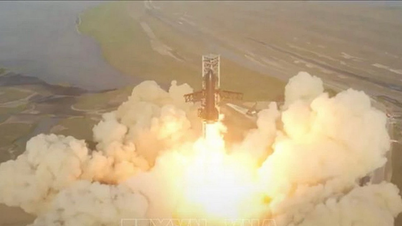

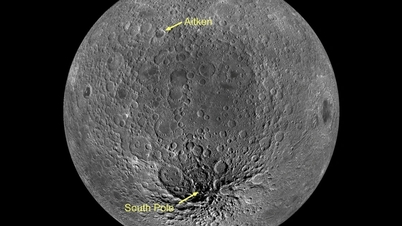

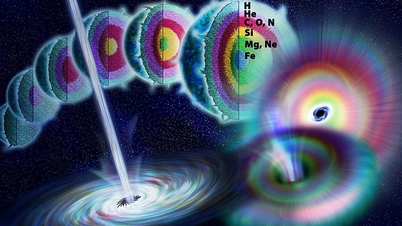



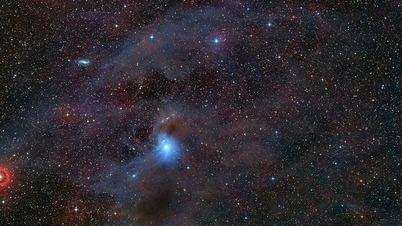
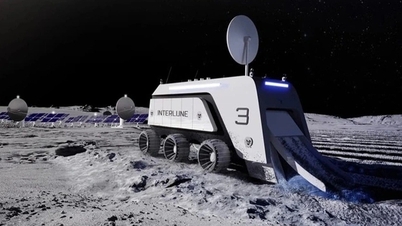


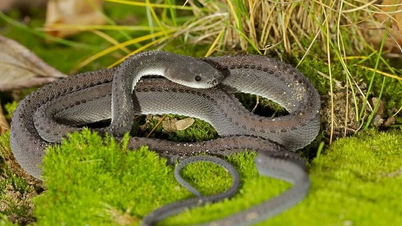






















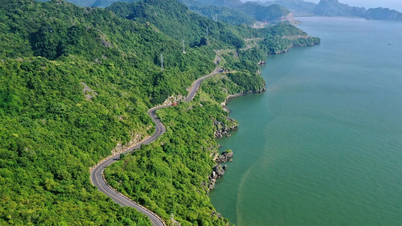










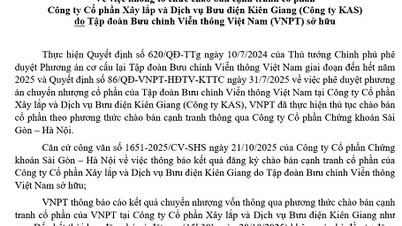



















































Comment (0)